Introduction
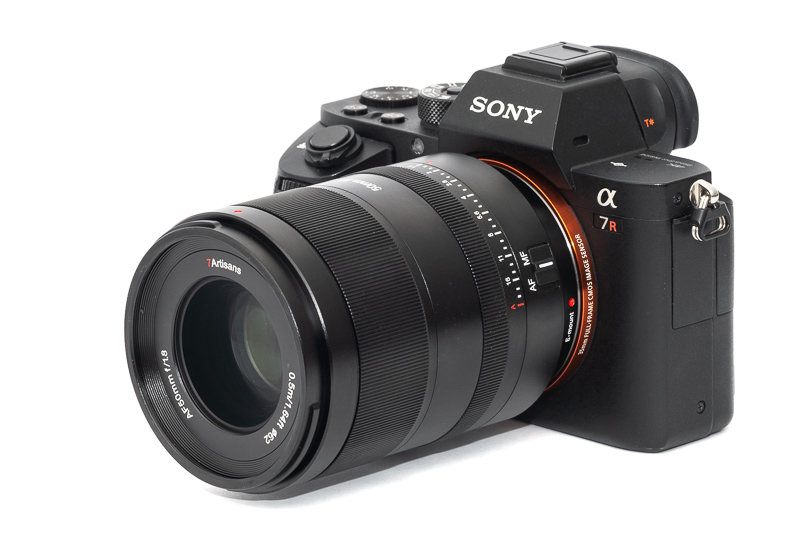
It was the beginning of 2019 when I published my first review of a 7Artisans lens, the 28mm 1.4 FE+ – an M-mount lens optimized for Sony E-mount. Now, 5 years later, this 7Artisans 50mm 1.8 AF is their first autofocus lens. Let us find out what it is capable of.
Sample Images
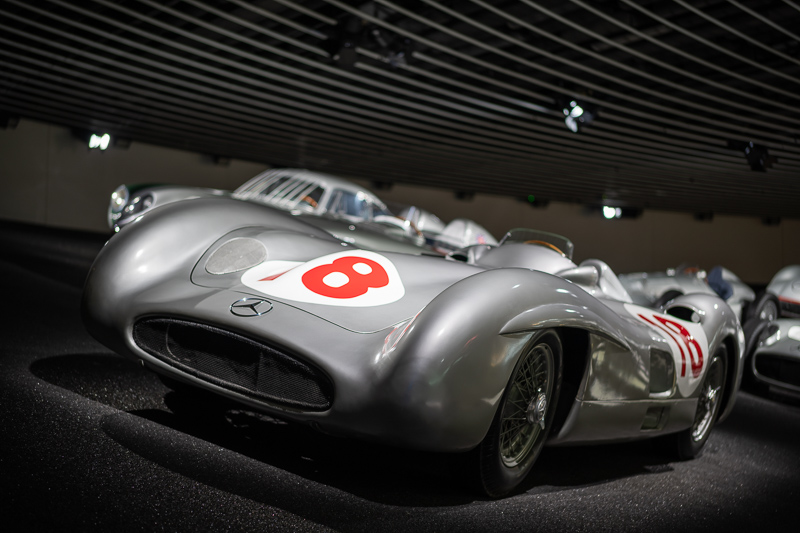
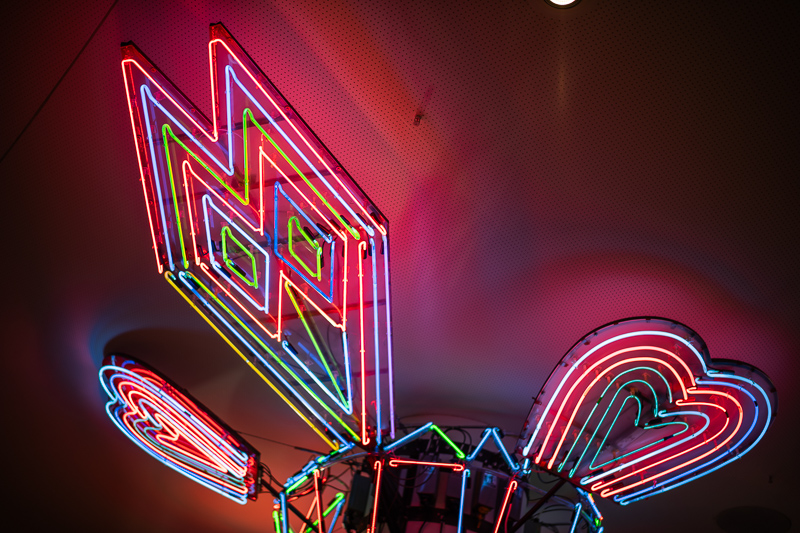
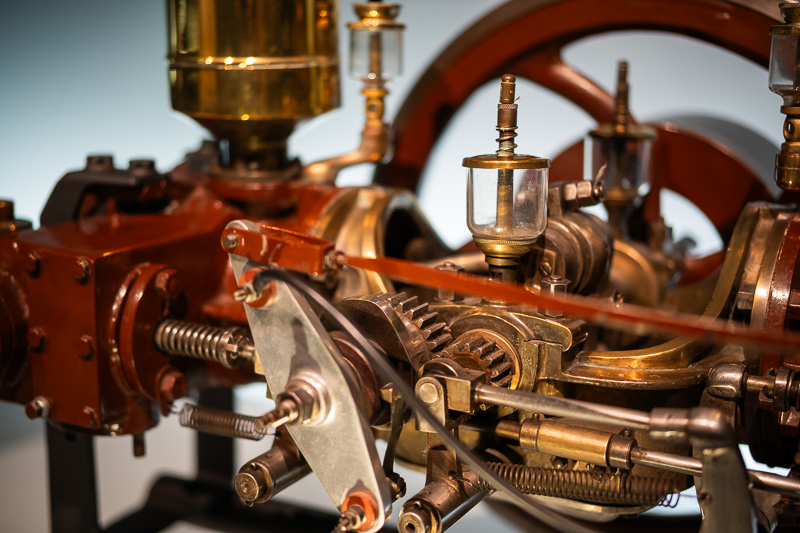
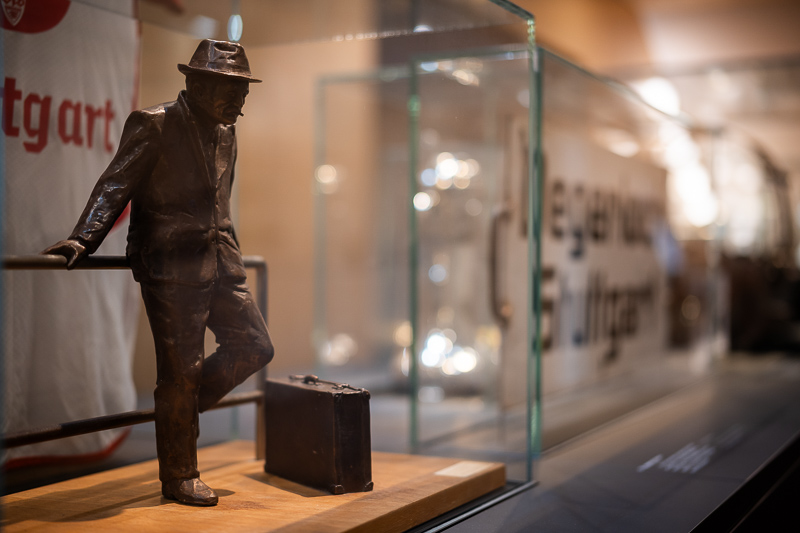
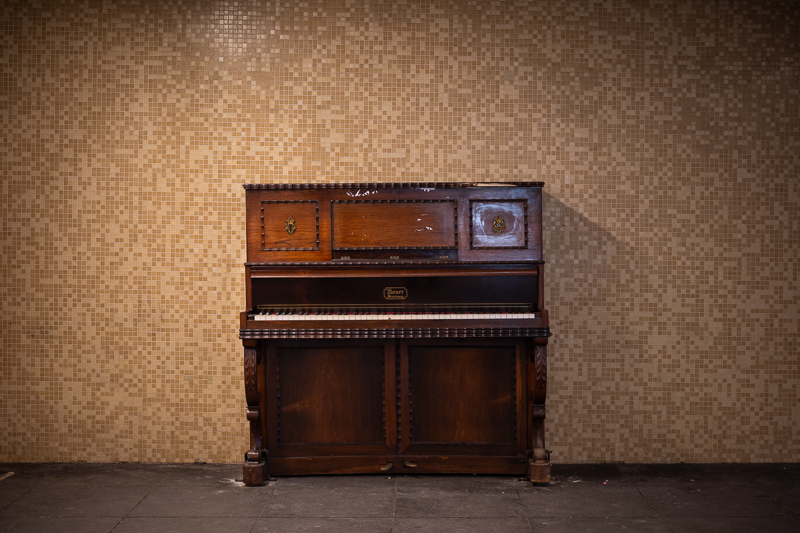
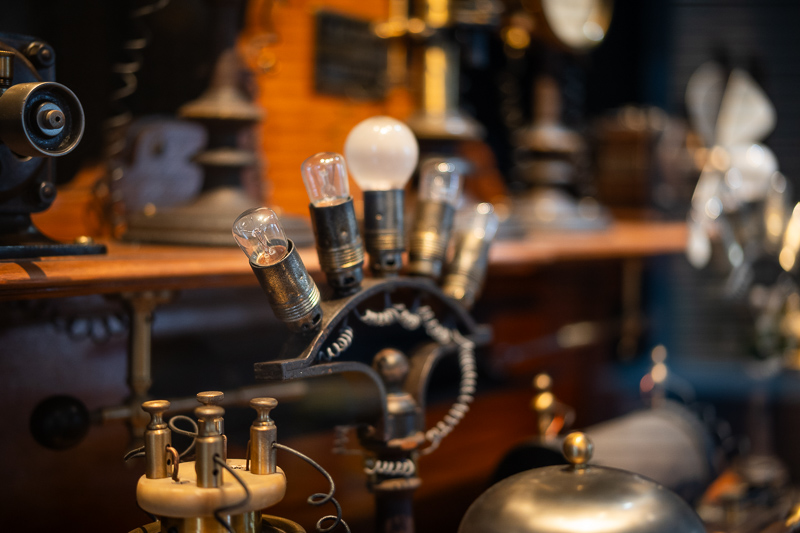
Most of the sample images in this review can be found in full resolution here.
Contents
Specifications
The 7Artisans 50mm 1.8 AF has the following specifications:
-
- Diameter: 72 mm
- Field of view: 46.8° (diagonally)
- Length: 104 mm
- Weight: 423g (without hood and caps)
- Filter Diameter: 62 mm
- Number of Aperture Blades: 11 (slightly rounded)
- Elements/Groups: 11/9

- Close Focusing Distance: 0.5 m
- Maximum Magnification: 1:7.3 (measured)
- Mount: Sony E
starting March 18th this lens should be available from the manufacturer’s shop (affiliate link) for $228
Disclosure
The 7Artisans 50mm 1.8 AF was provided free of charge by 7Artisans for reviewing purposes prior to release.
Handling/Build Quality
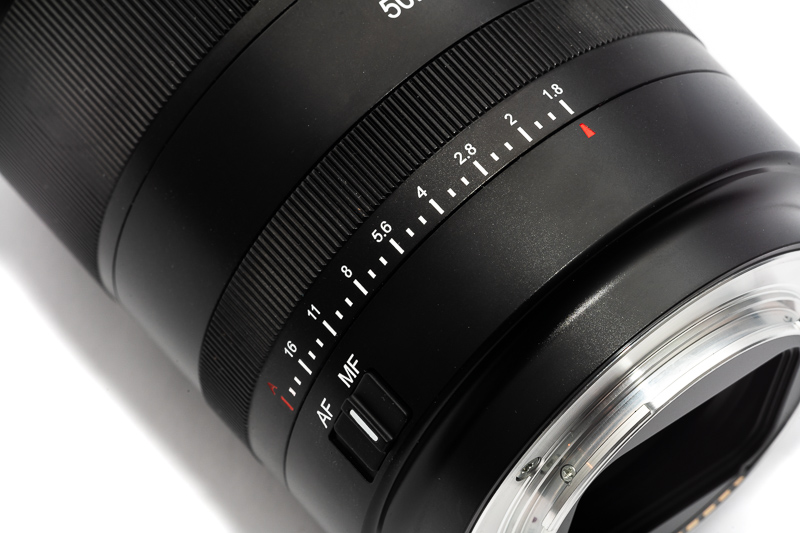
The casing of the 7Artisans 50mm 1.8 AF seems to be made from a mix of metal and polycarbonate parts and all the markings are engraved and filled with paint.
For an AF lens the focus ring has a very nice resistance. The coupling is linear and it takes exactly 360° from the minimum focus distance of 0.5 m to infinity. Usually I complain about too short focus throws, but this one might actually be a tad too long for my taste.
The aperture ring does not have click stops and it has a bit of an interesting design, as the spacing between f/1.8 and f/2.0 is the same as that between the full stops. The in-camera readings of the f/Stops match the settings on the aperture ring perfectly.
The lens also features an AF/MF lever, it is a bit on the soft side, so you may accidentally change its setting.
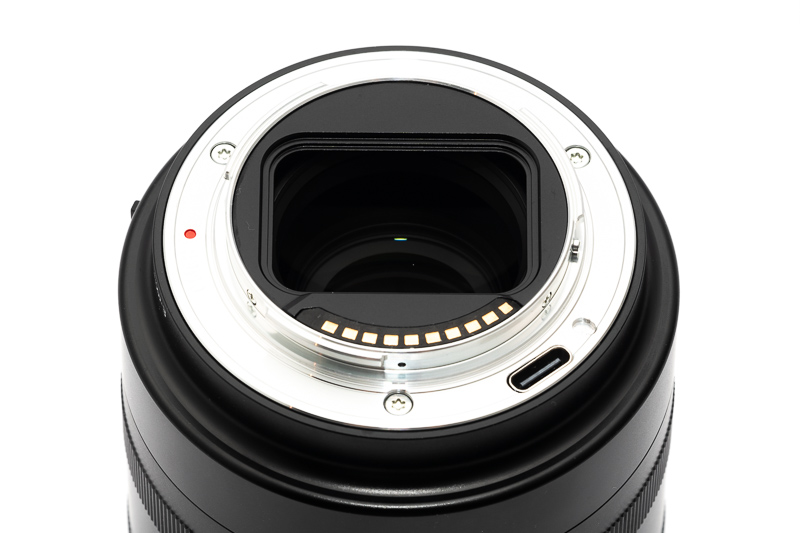
In the picture above you can see the electronic contacts as well as the USB-C socket for firmware updates.
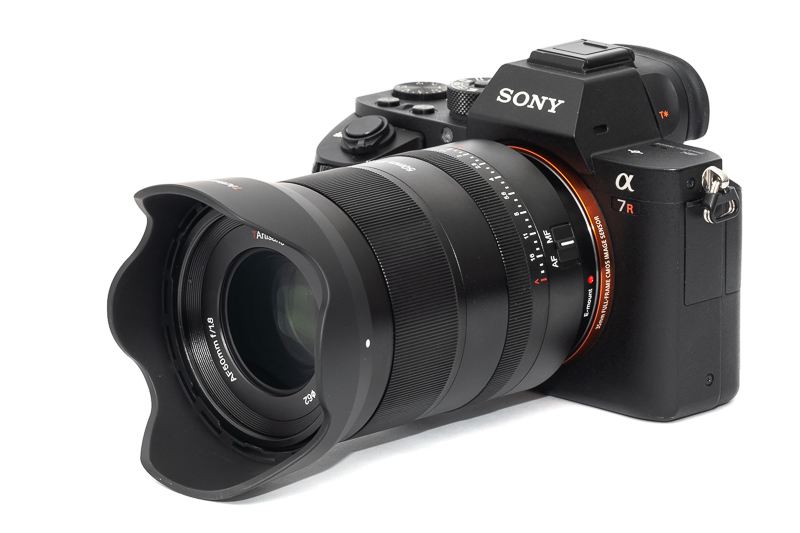
The lens also comes with a tulip shaped bayonet-style lens hood made from matte black plastic that can be attached reversed as well. It is a bit on the short side though, so I am not sure how much it can actually help with mitigating veiling flare.
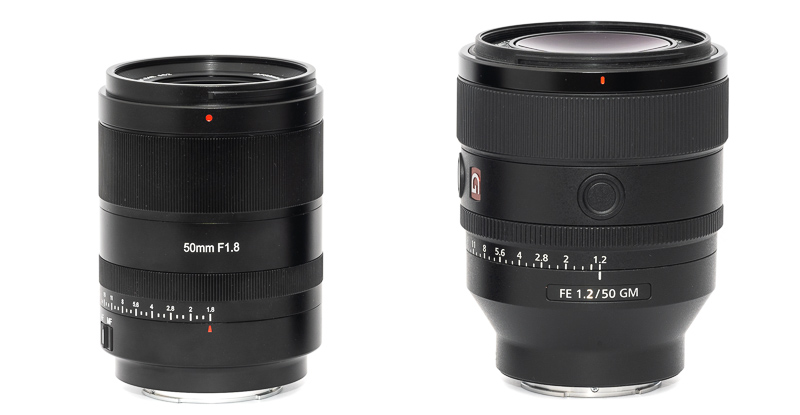
The 7Artisans 50mm 1.8 AF is a big lens. Compared to the much faster Sony FE 50mm 1.2 GM it is thinner but only slightly shorter. Sony also has the Sony FE 50mm 1.8 as well as the Sony FE 55mm 1.8 ZA in their portfolio, both lenses are noticeably smaller and lighter.
AF performance
I am not shooting sports or fast moving animals/humans so if you want to know if the lens is fast enough for this or how it compares to other lenses in this segment you may have to look for a different review with a more detailed assessment of this aspect.
In everyday use I found the AF to be decent and accurate enough. AF and aperture diaphragm are not completely silent though.
Vignetting
Light falloff
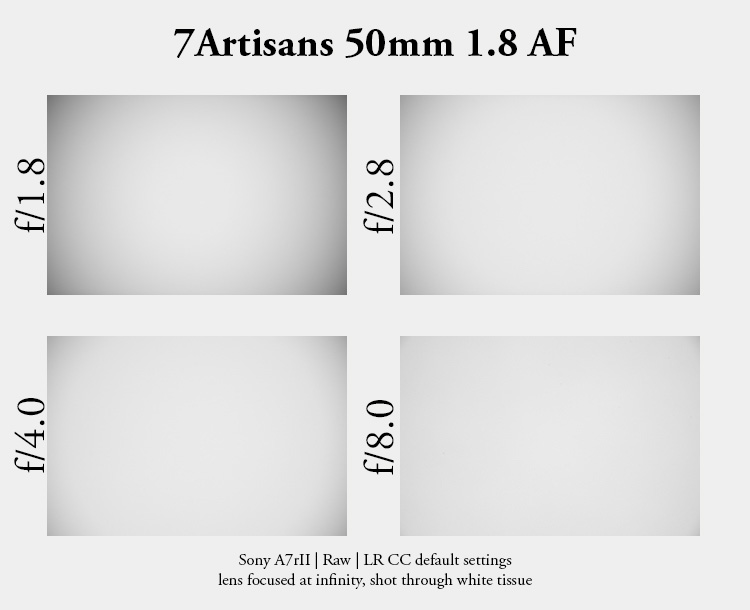
| f/1.8 | 2.5 EV |
| f/2.0 | 2.3 EV |
| f/2.8 | 1.9 EV |
| f/4.0 | 1.7 EV |
| f/5.6 | 1.5 EV |
| f/8.0 | 1.3 EV |
| f/11-f/16 | 1.0 EV |
The vignetting figures are average for a lens with these parameters. They are pretty much the same as those of the Sony FE 55mm 1.8 ZA and at f/1.8 a bit lower than those of the smaller Sony FE 50mm 1.8.

It is recommended to have a look at this article first to get an idea how this brightness graph works.
Optical vignetting
Fast lenses usually show a significant amount of optical vignetting. Without going too much into technical details optical vignetting leads to the truncation of light circles towards the borders of the frame.
In the center of the frame almost every lens will render a perfect circle, but only lenses with very low optical vignetting will keep this shape in the corners.
So in the following comparison we move from the center (left) to the extreme corner (right) and see how the shape of the light circle changes.
Sometimes people hope that when lenses are big that automatically equals less optical vignetting, but very often that is not the case and this 7Artisans 50mm 1.8 AF is an example of that, as it shows very strong vignetting, stronger than the both the Sony FE 50mm 1.8 and the Sony FE 55mm 1.8 ZA.
There is something else, at f/1.8 we can see some odd artefacts. After the MS-Optics 73mm 1.5 Sonnetar this is only the second lens where I encountered this. We also see some onion ring structures caused by the aspherical elements.
Sharpness
Focus Shift
When it comes to AF E-mount lenses, focus shift is not really an issue, as the E-mount cameras usually focus at working aperture. I still had a look and the 7Artisans 50mm 1.8 AF shows a small amount of focus shift between f/2.8 and f/4.0.
infinity (42mp Sony A7rII)
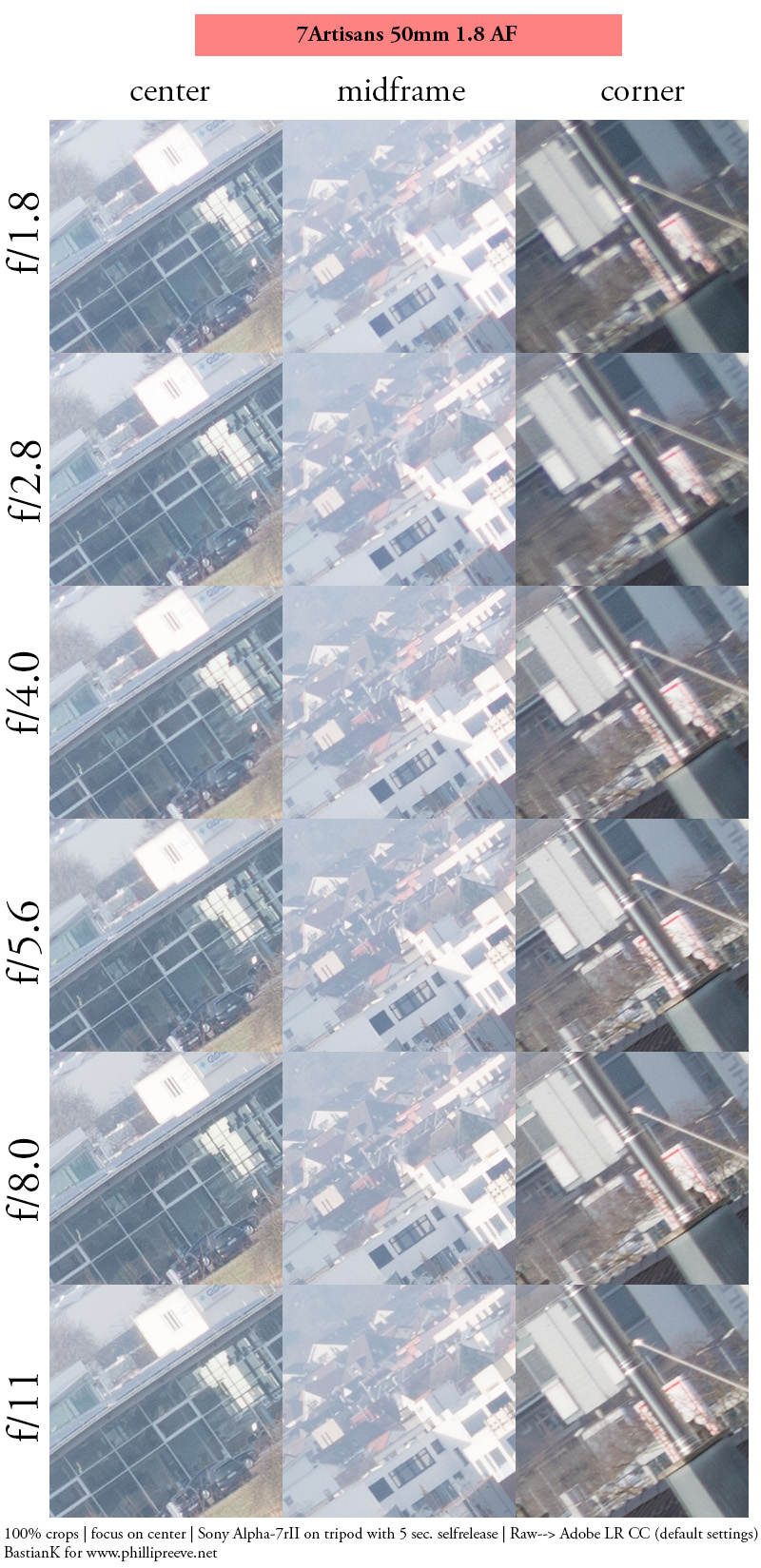

For a 50mm f/1.8 lens an optical construction made of 11 elements in 9 groups with aspherical elements can be considered very complex. By comparison, the Sony FE 50mm 1.8 features a rather simple design made of 6 elements in 5 groups and the Sony FE 55mm 1.8 ZA one of 7 elements in 5 groups. This means we should expect very good performance from this lens.
The good news are, that the center and midframe indeed show very good performance from f/1.8 and there is no midzone dip. The corners are a different story though, as their peak performance is reached between f/5.6 and f/8.0.
The Sony FE 50mm 1.8 performs similar here, the TTArtisan 50mm 2.0 about one stop worse in the corners and the Sony FE 55mm 1.8 ZA noticeably better, as it shows good corner performance from f/1.8.
portrait distance 1.0 m (42mp Sony A7rII)

I refocused for every shot and aperture to get the best possible result at different locations in the frame (center, inner midframe and outer midframe).
The circle of the dollar bill is more or less the size of a human eye.
f/1.8 <—> f/2.8
At portrait distances the 7Artisans 50mm 1.8 AF shows an exemplary performance. Already at f/1.8 it shows great performance everywhere in the frame.
close 0.50 m, 1:7.3 (42mp Sony A7rII)
A minimum focus distance of 0.5 m is typical for a 50mm lens. At f/1.8 the image is a bit soft, stopping down to f/2.8 increases the performance to very good levels.
It performs a bit better than the simpler unit focus lenses, here often stopping down by two stops is needed for very good performance.
Flare resistance
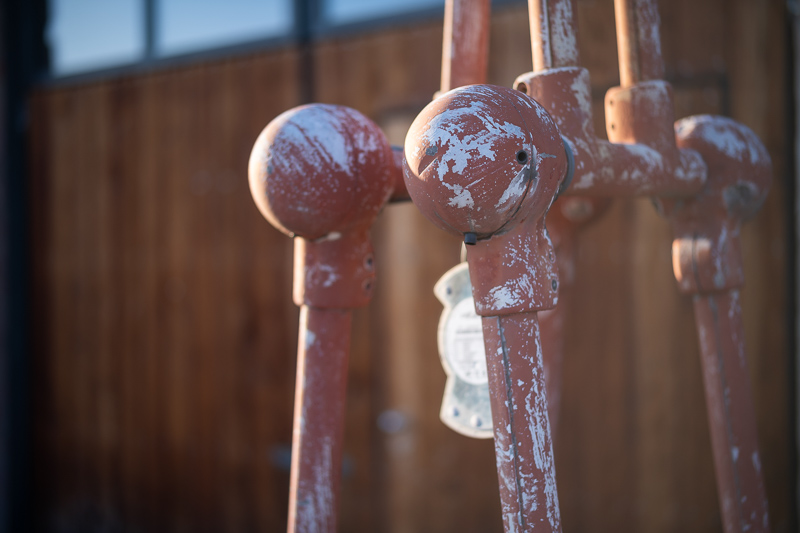
As always evaluating flare is a complex matter since you can get any lens to look bad if you push it hard enough and a slight change of scenario can affect results a lot.
At its maximum aperture we can encounter veiling flare and ghosts depending on the position of the strong light source in the frame.
Stopped down not much changes, but interestingly with the sun in the very center of the frame we don’t see any artefacts.

This is not the best performance we have seen in this category, but it is still better than many of the other affordable 50mm lenses from the likes of 7Artisans and TTArtisan.
Coma
Coma is generally corrected well, but as we already know from the sharpness section, stopping down is needed to improve the general corner performance.
The performance is still much better than that of most vintage 50mm lenses and very affordable compact modern lenses like the TTArtisan 50mm 2.0.
Distortion
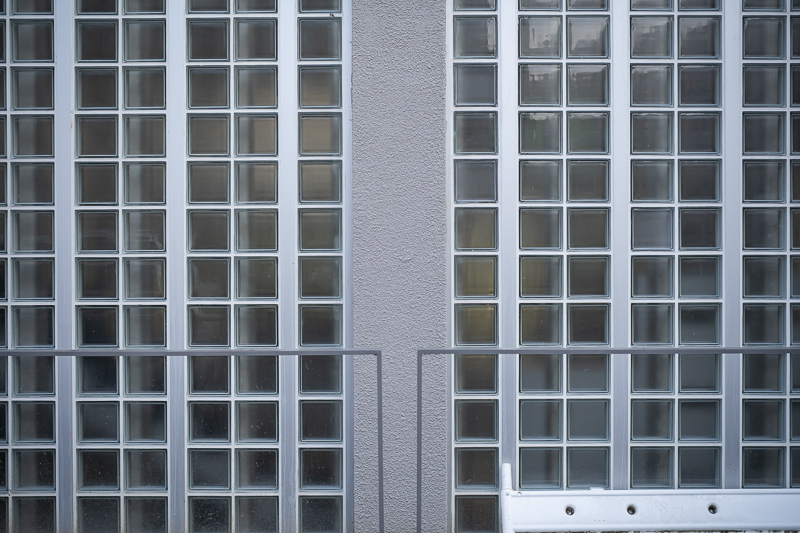
The distortion of this 7Artisans 50mm 1.8 AF is very low and for most applications this will hardly be relevant, but if you look closely there is a tiny bit of waviness.
Bokeh
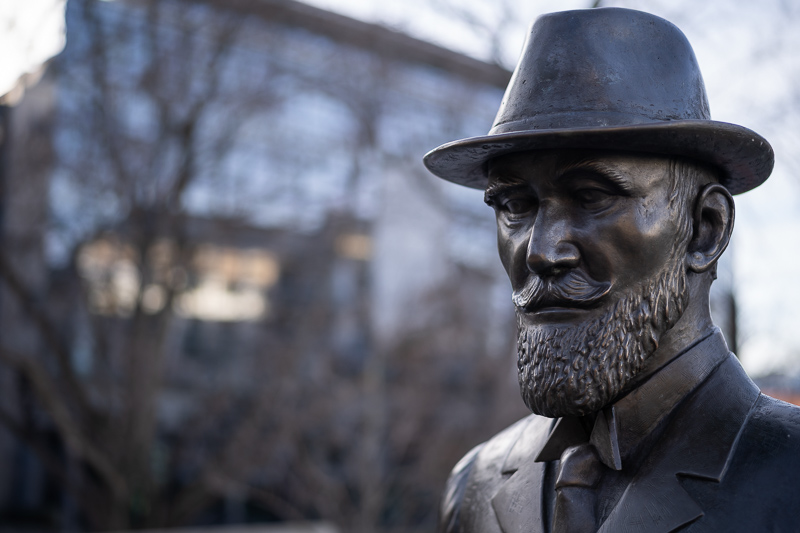
These days there are 50mm lenses readily available that are much faster than f/1.8 and I have to admit that therefore I wasn’t overly curious how the lens performs in this category.
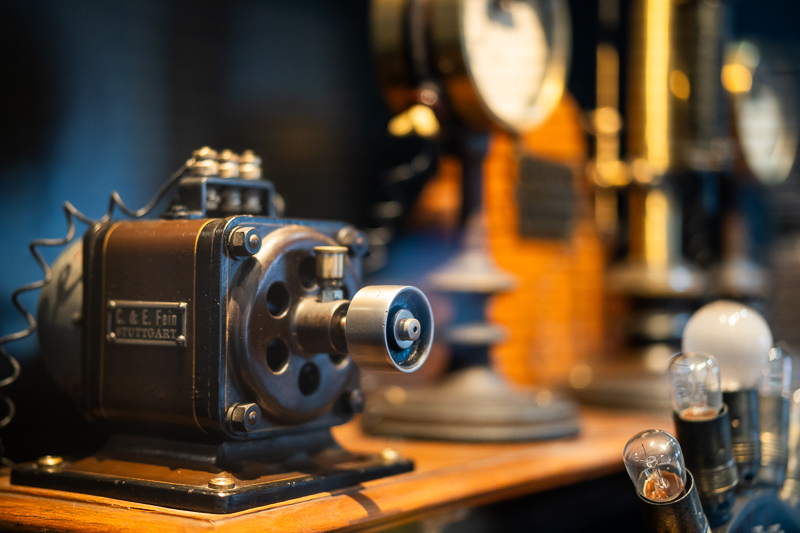
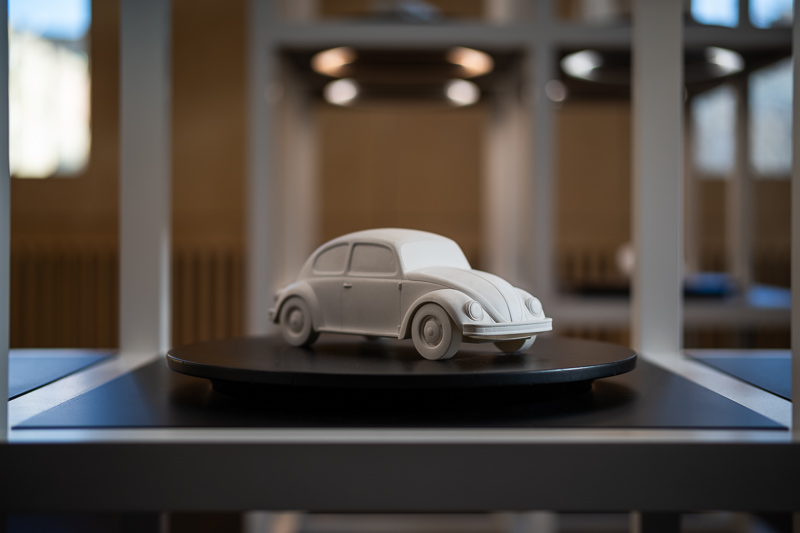
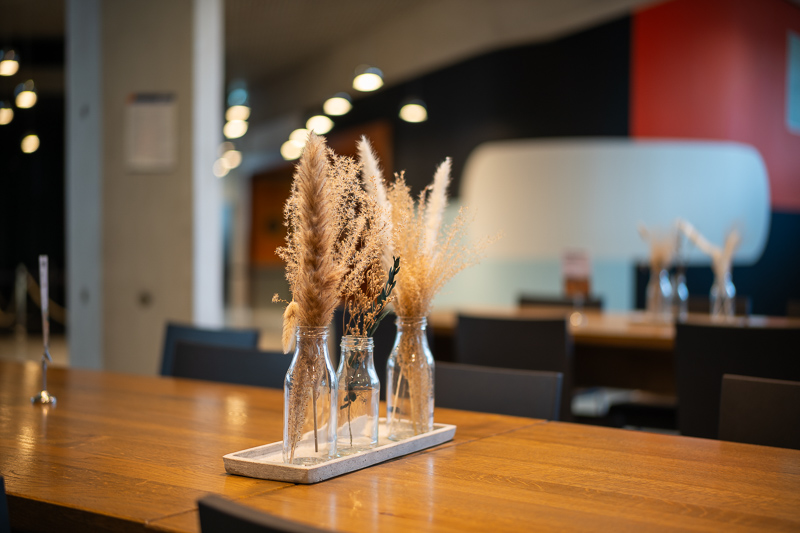
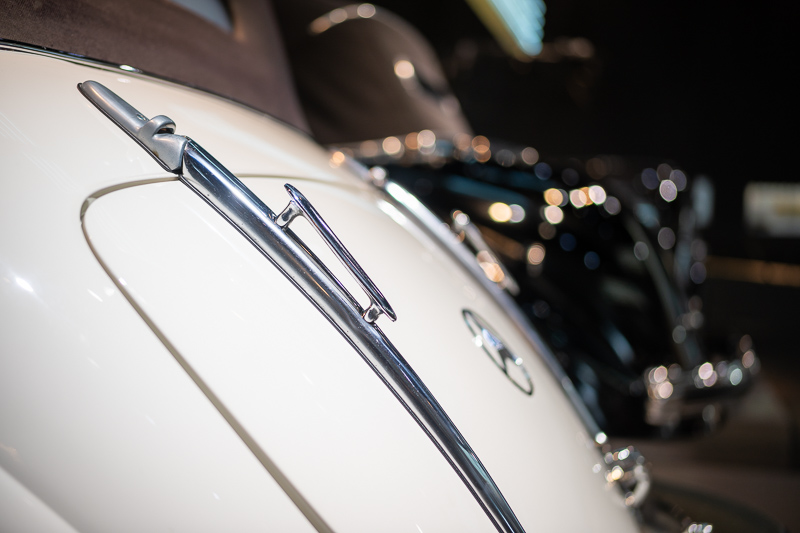
The second picture of the four above changed my mind a bit. Thanks to its complex optical design leading to high contrast and resolution at short to mid distances in combination with a very smooth transition from in-focus to out-of-focus I find the rendering of this lens very appealing.
Luckily the odd artefacts I saw in the optical vignetting section are only rarely visible in real world pictures.
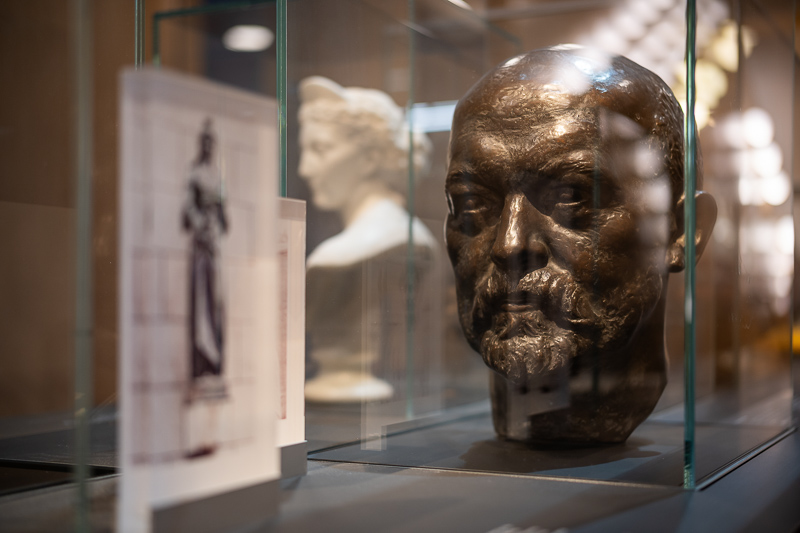
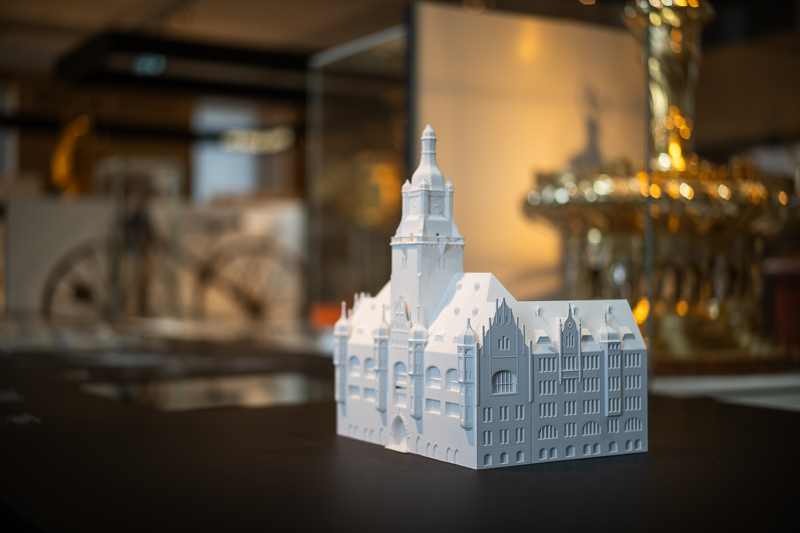
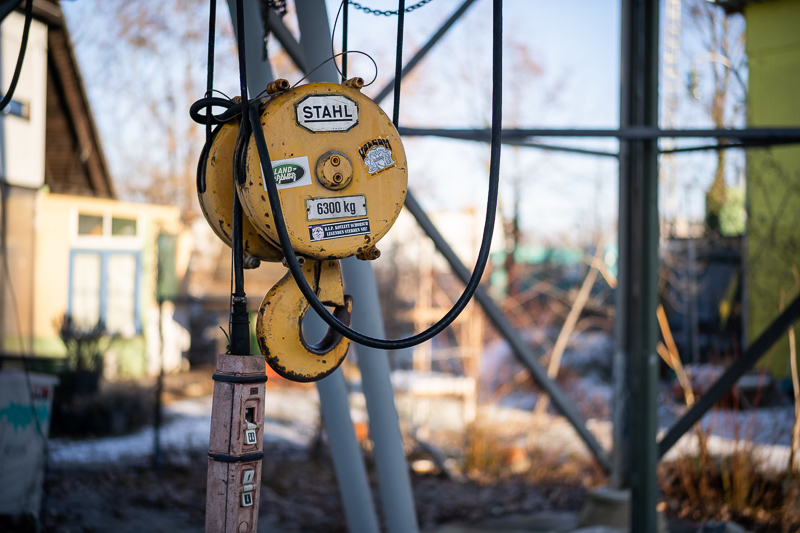
Even with complex backgrounds this lens does not seem to have any issues with double edged structures.

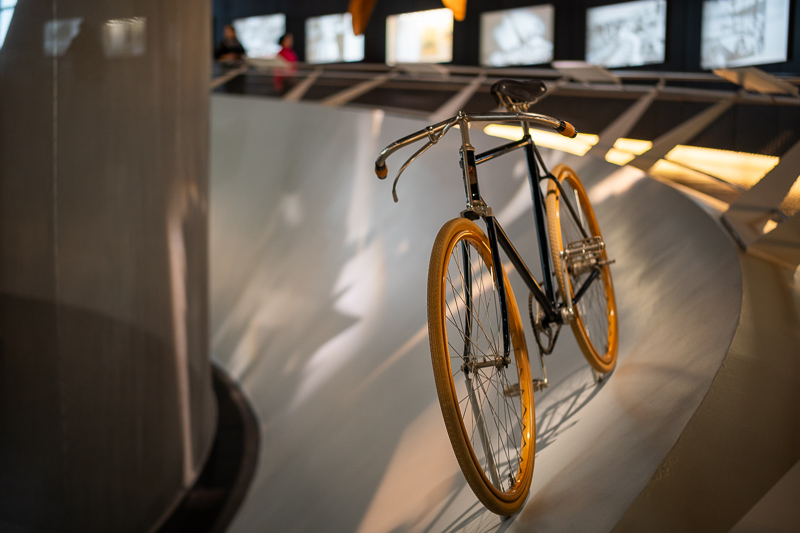
This 7Artisans 50mm 1.8 AF is a fine lens when it comes to bokeh rendering. It reminds me a bit of the Sony FE 55mm 1.8 ZA.
Sunstars
The 7Artisans 50mm 1.8 AF makes use of an aperture diaphragm made of 11 rounded aperture blades – similar to most of Sony’s GM primes. To my surprise the alignment of the blades is very good, so the lens is able to create nice sunstars from f/11 to f/16.
If you want to know more about sunstars have a look at this article.
Chromatic aberration
lateral
Lateral CA are on the strong side, which is a bit odd for such a complex 50mm 1.8 lens. The one-click correction in Lightroom is still doing a good job though.
longitudinal
Bokeh fringing is on the strong side at the maximum aperture. The 7Artisans 50mm 1.8 AF is in good company here, Sony’s FE 50mm 1.8 as well as the Sony FE 55mm 1.8 ZA show similarly strong outlining.
When it comes to purple fringing the lens is well corrected, even in this extreme scenario we can barely see any outlining.
Conclusion
good
|
average
|
not good
|
Reviewing this lens was a bit of a rollercoaster ride. The first thing you notice are size and weight. Reason for that is the very complex optical design consisting of 11 elements. Keeping that in mind you would expect very good performance from wide open at infinity, but for the corners that isn’t really the case.
At portrait distances however, this lens shows a great performance in terms of resolution and contrast and also the bokeh is nice. Add the AF to the equation and you end up with a capable yet affordable portrait lens.
starting March 18th this lens should be available from the manufacturer’s shop (affiliate link) for $228
Alternatives
When it comes to 50mm 1.8 lenses there are nearly endless alternatives, so best have a look at our Guide to 50mm Lenses for Sony FE Cameras to get an overview.
Sample Images
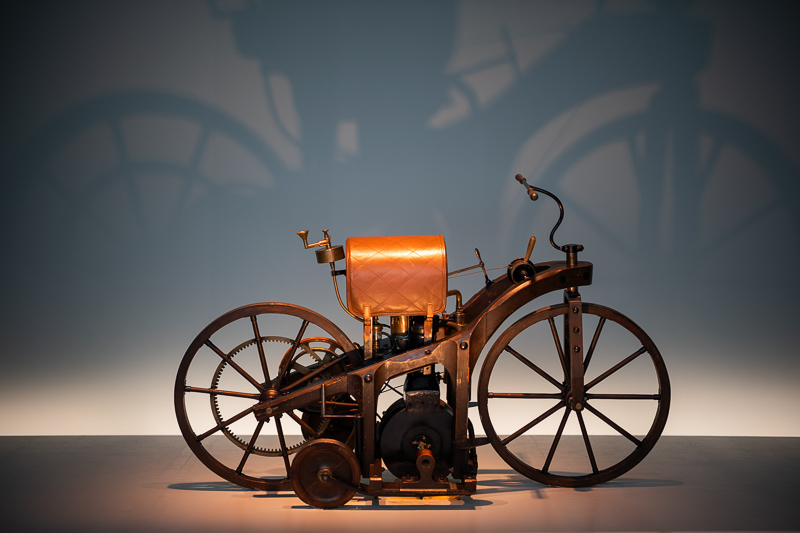
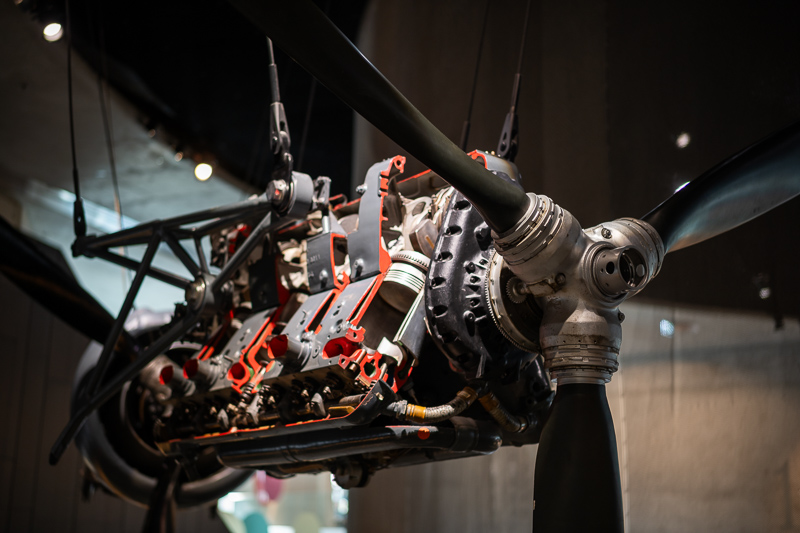
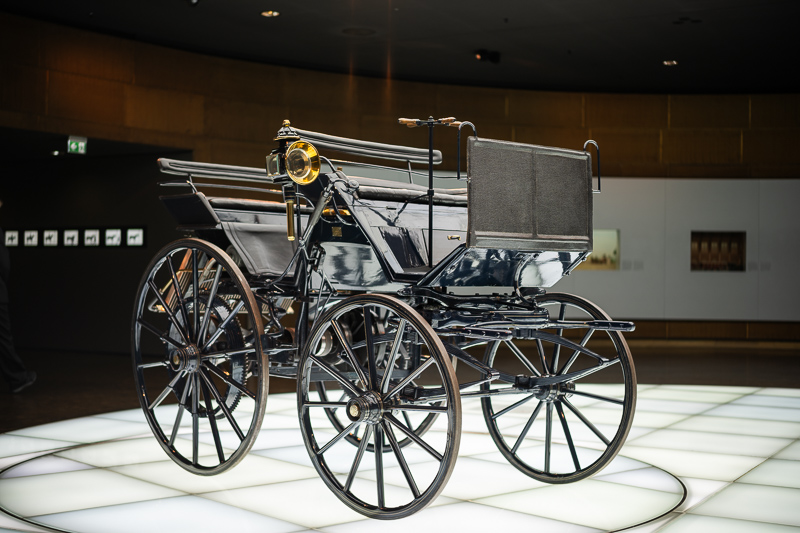

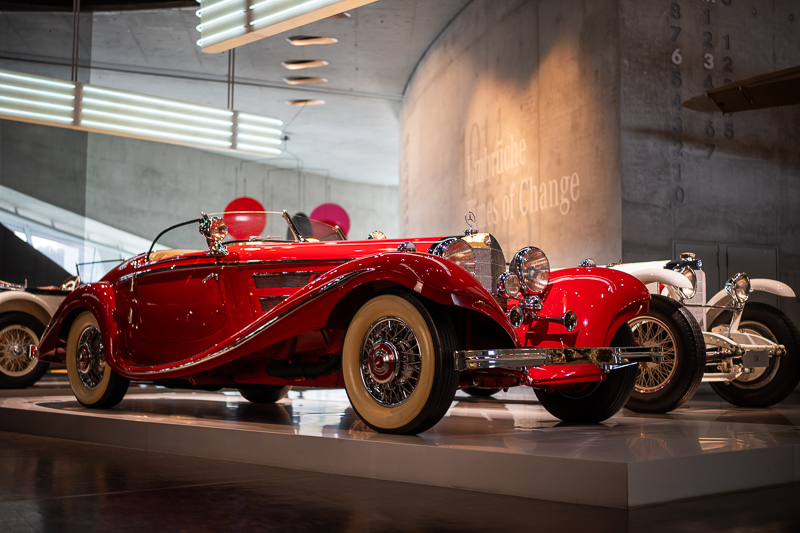


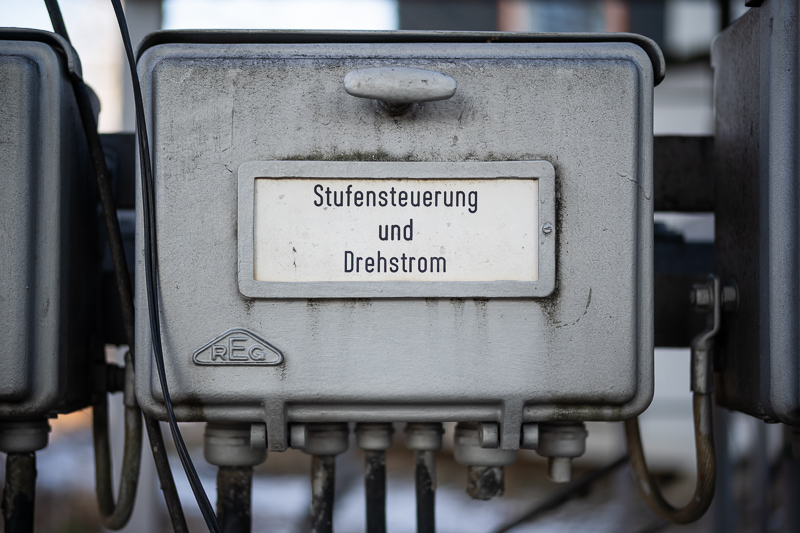
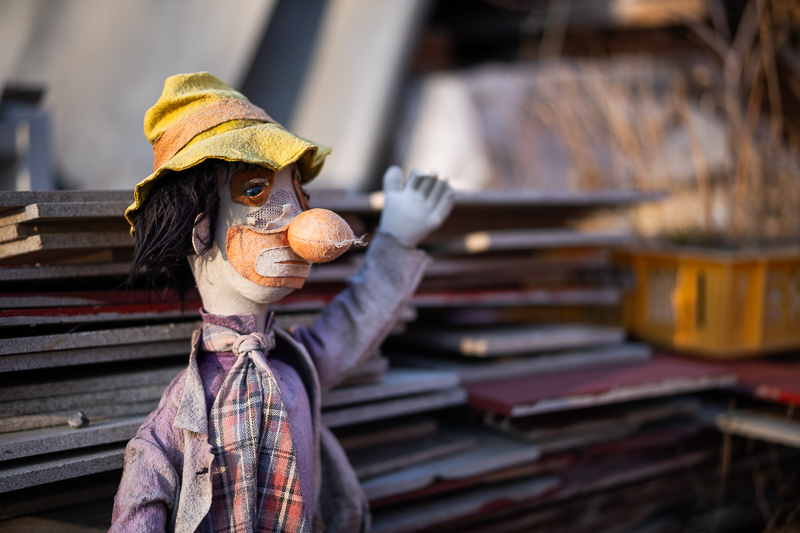

Most of the sample images in this review can be found in full resolution here.
Further Reading
- All Lens Reviews
- Lens aberrations explained
- Guide: the best Fullframe lenses from China
- Review: Zhong Yi 50mm 0.95
- Follow us on Discord
Support Us
Did you find this article useful or just liked reading it? Treat us to a coffee!
![]()
![]()
![]() via Paypal
via Paypal
This site contains affiliate links. If you make a purchase using any of the links marked as affiliate links, I may receive a small commission at no additional cost to you. This helps support the creation of future content.
Latest posts by BastianK (see all)
- Review: Viltrox AF 35mm 1.2 FE LAB - December 17, 2025
- Analogue Adventures – Part 47: Tübingen - December 17, 2025
- Review: Zeiss Milvus 25mm 1.4 Distagon - December 13, 2025


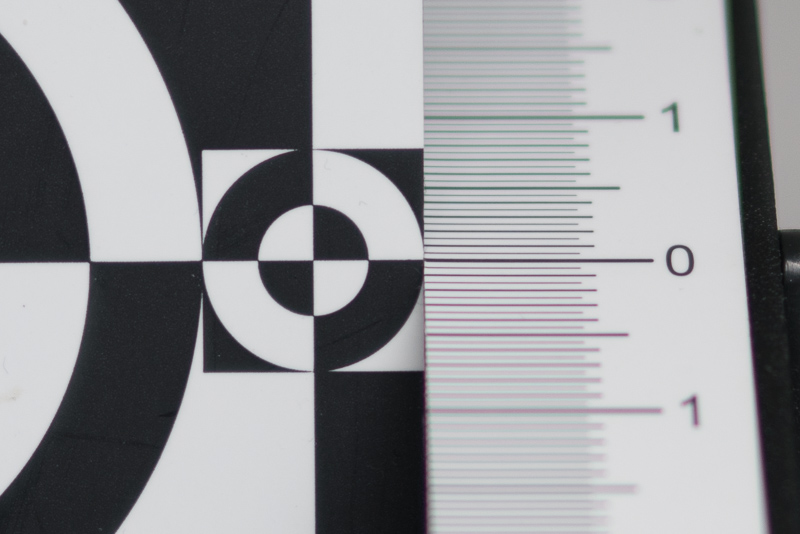
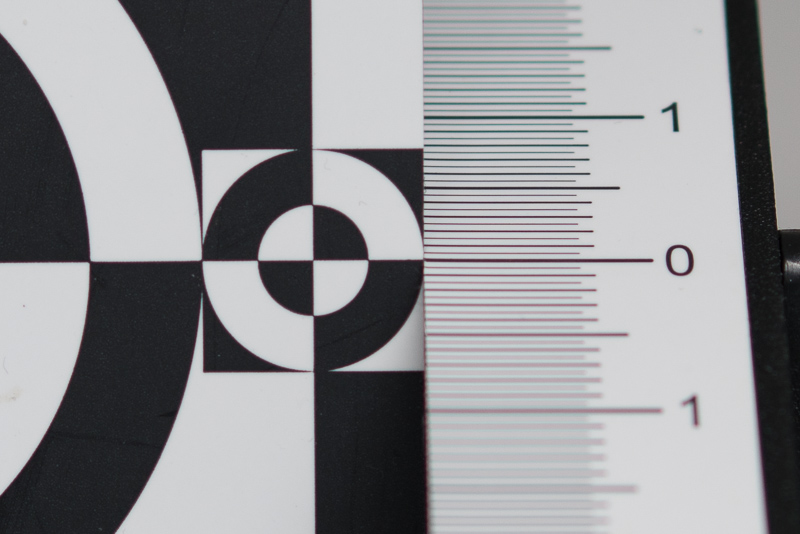
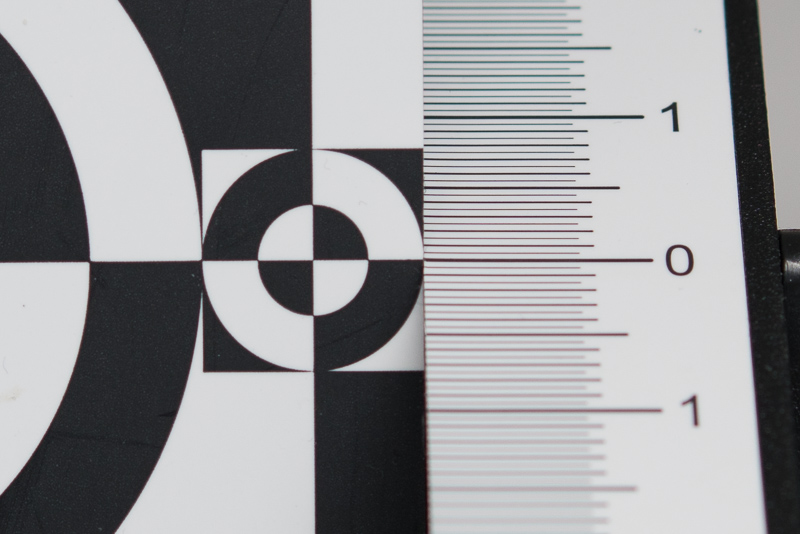
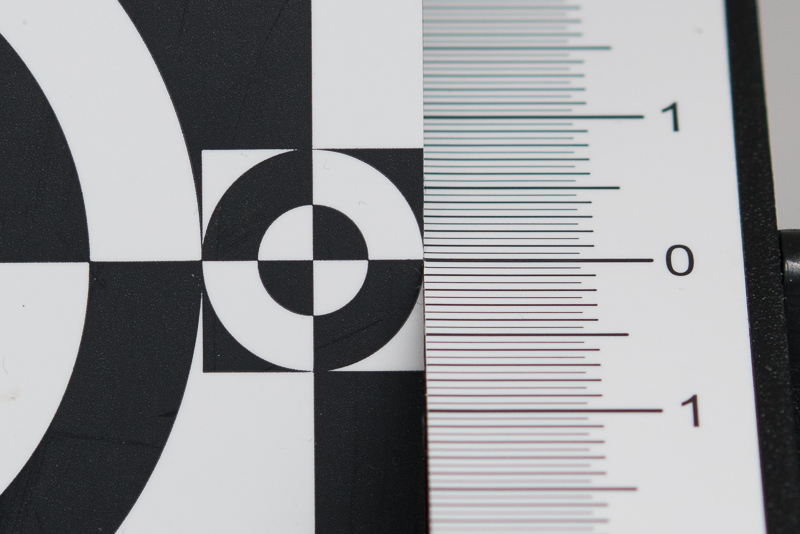
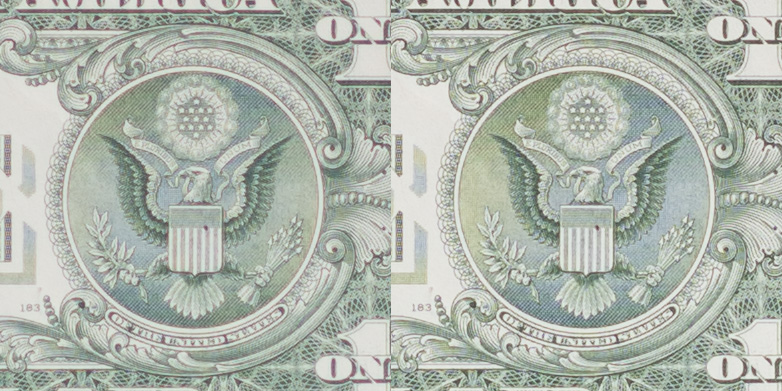
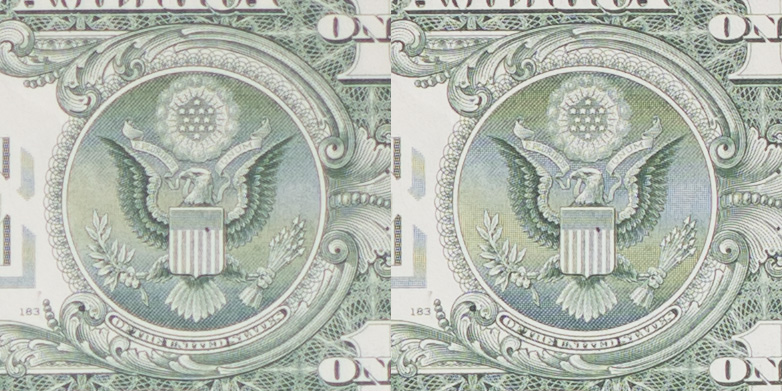
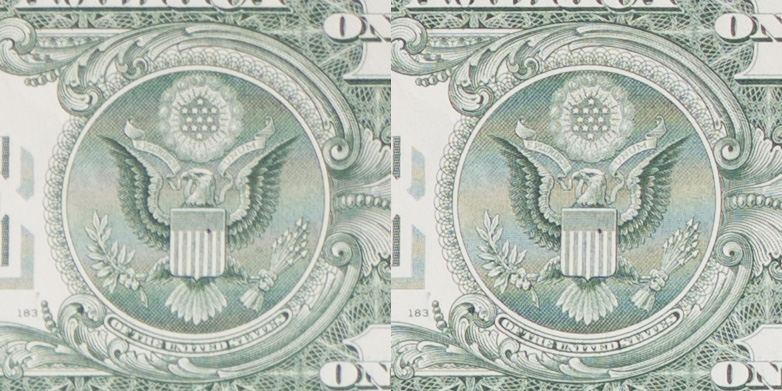
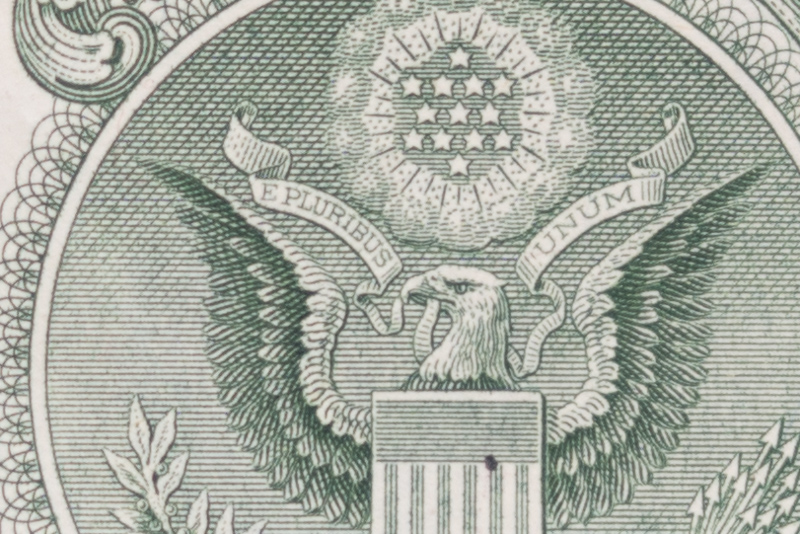
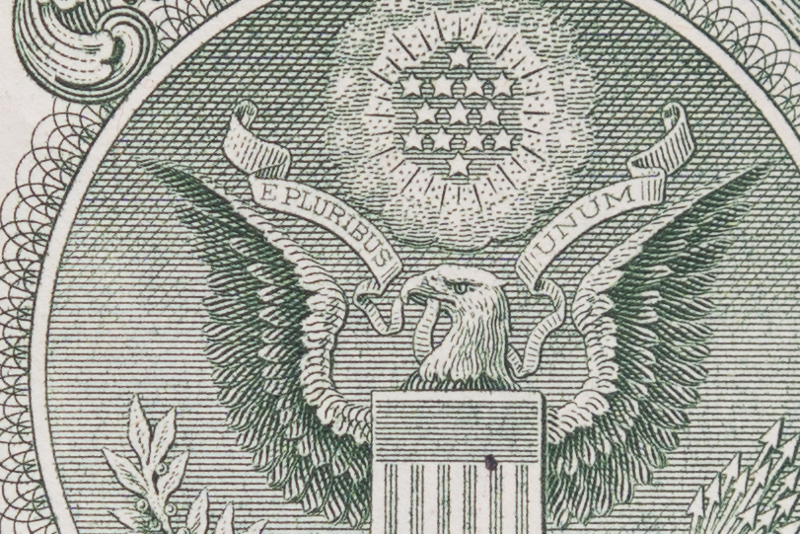
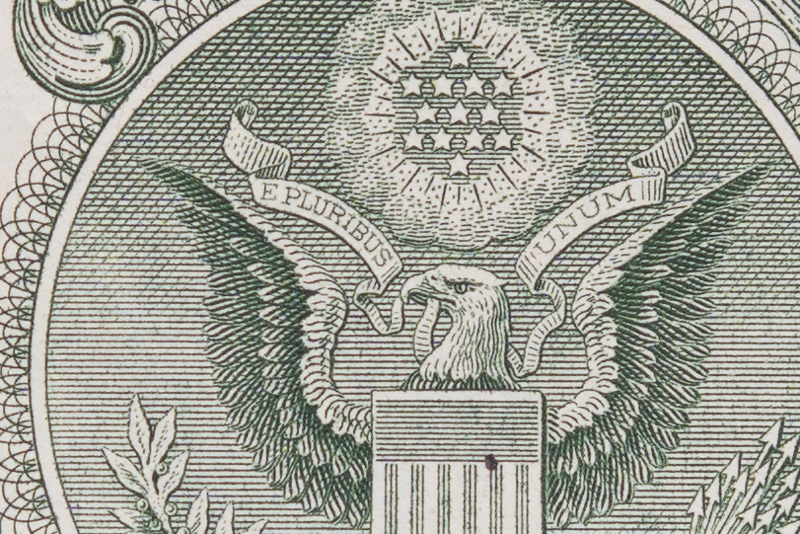

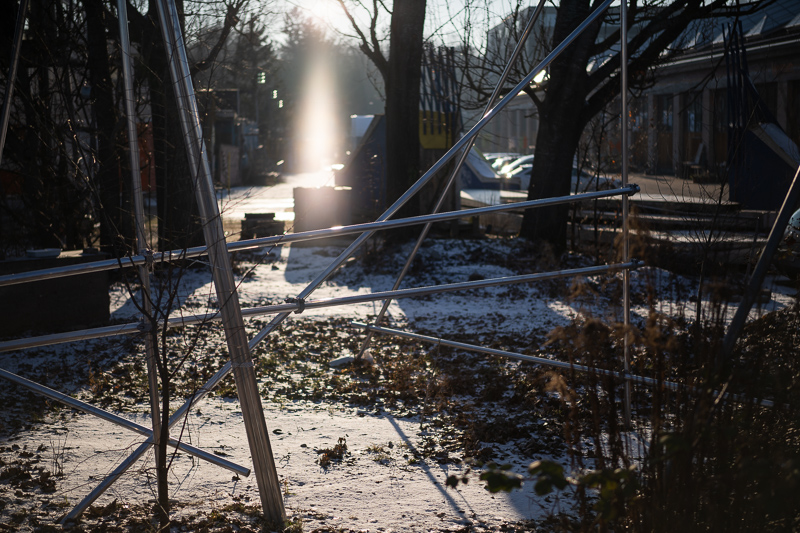
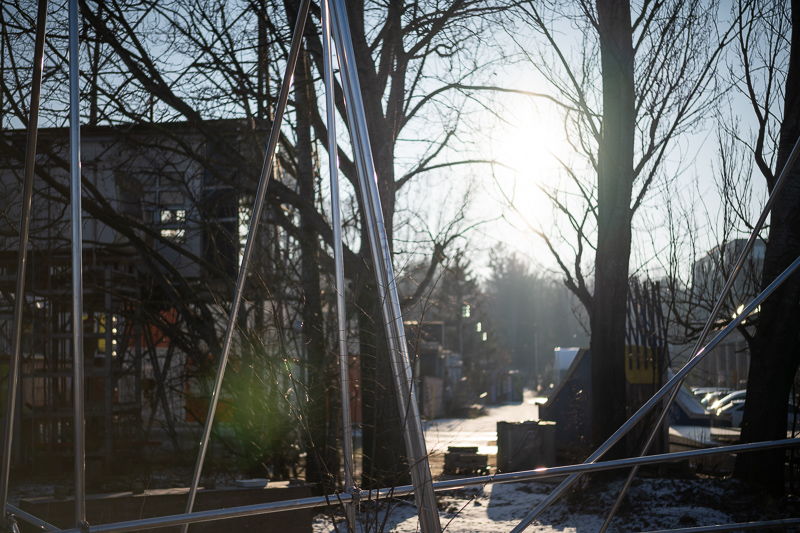
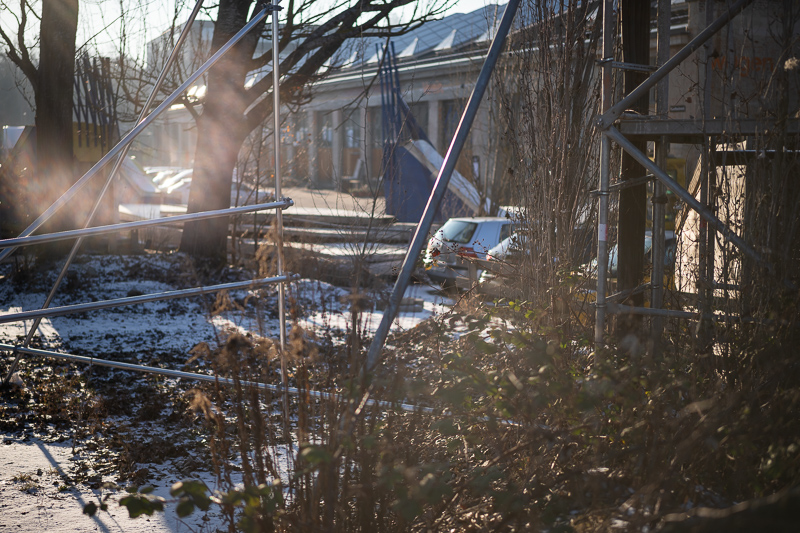
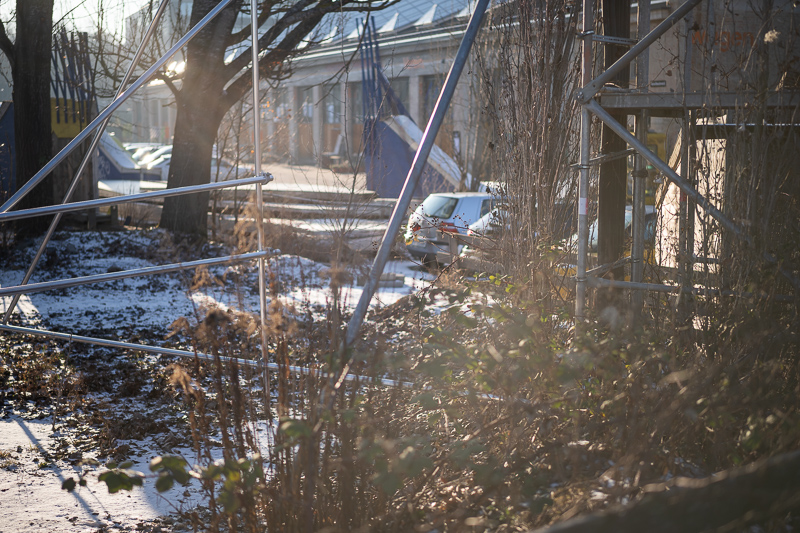
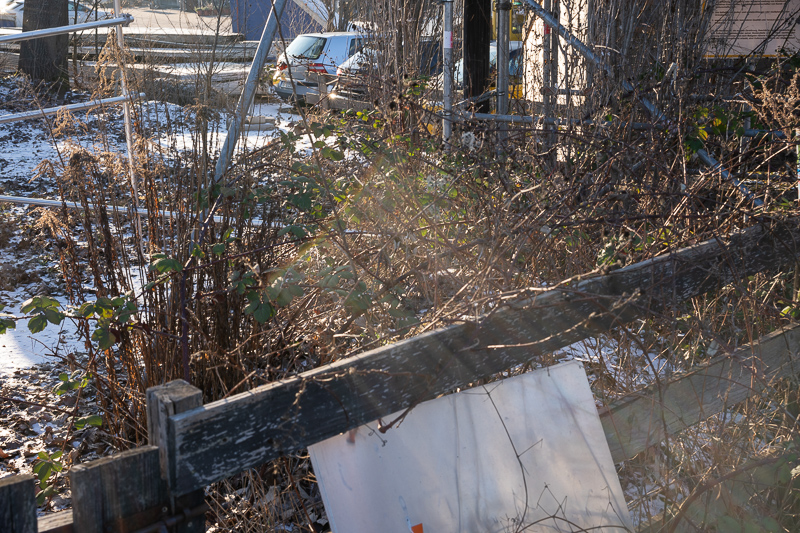
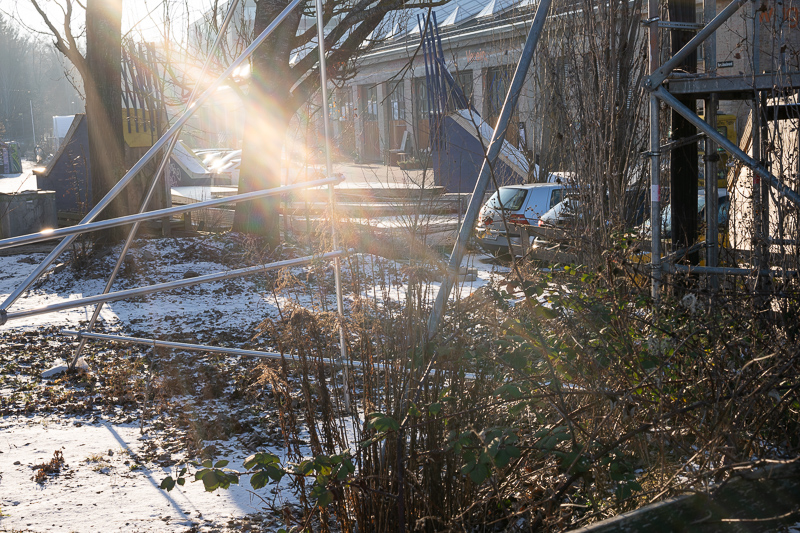
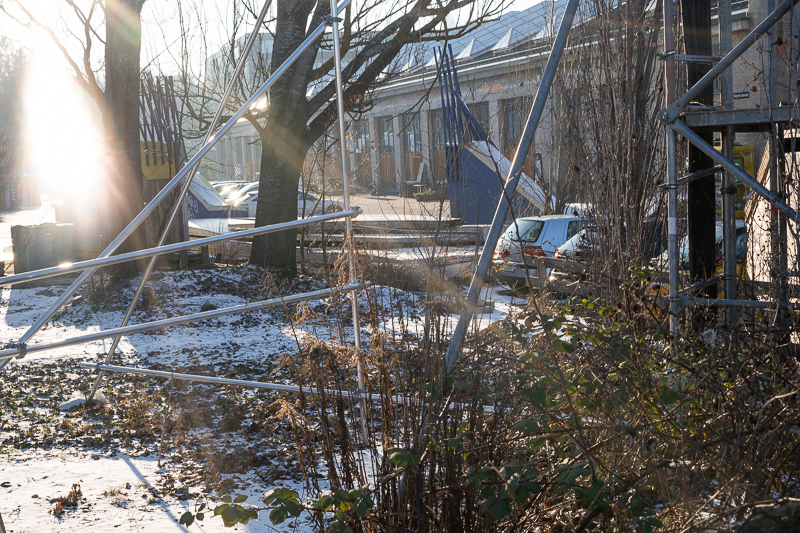

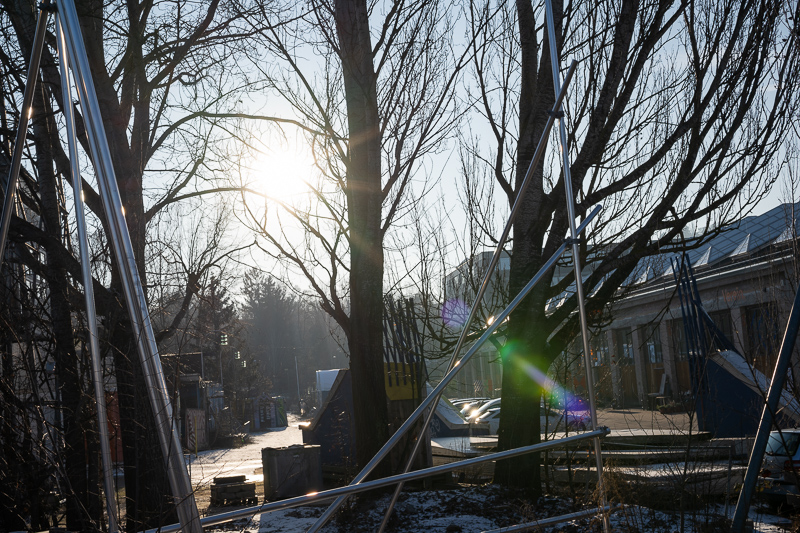
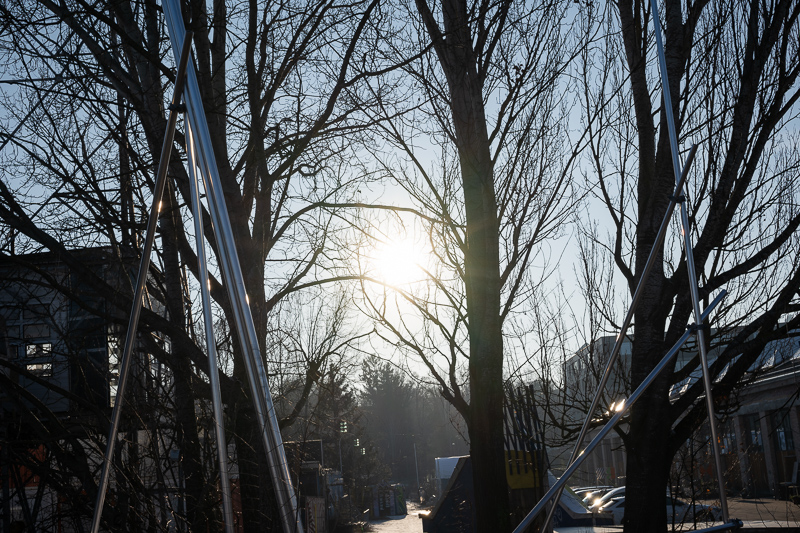
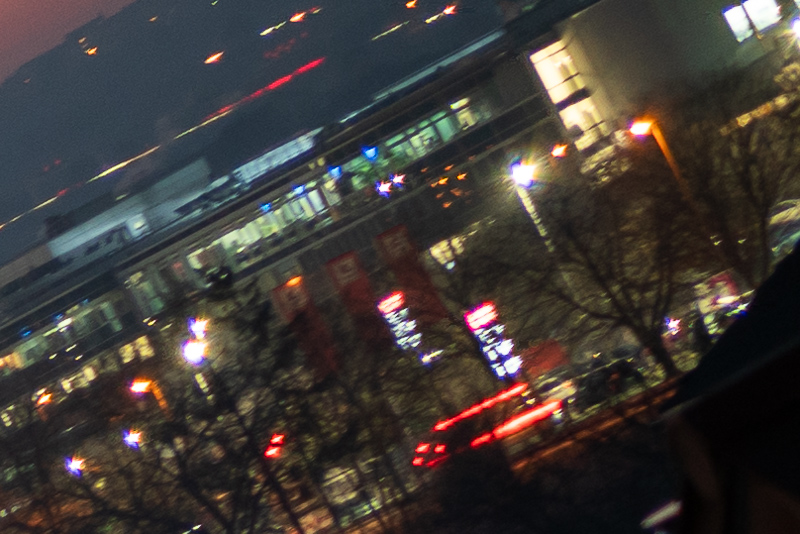
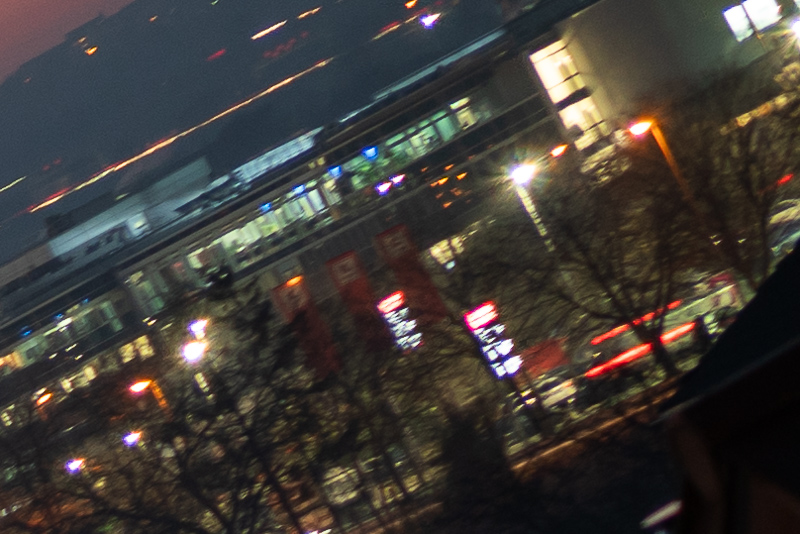
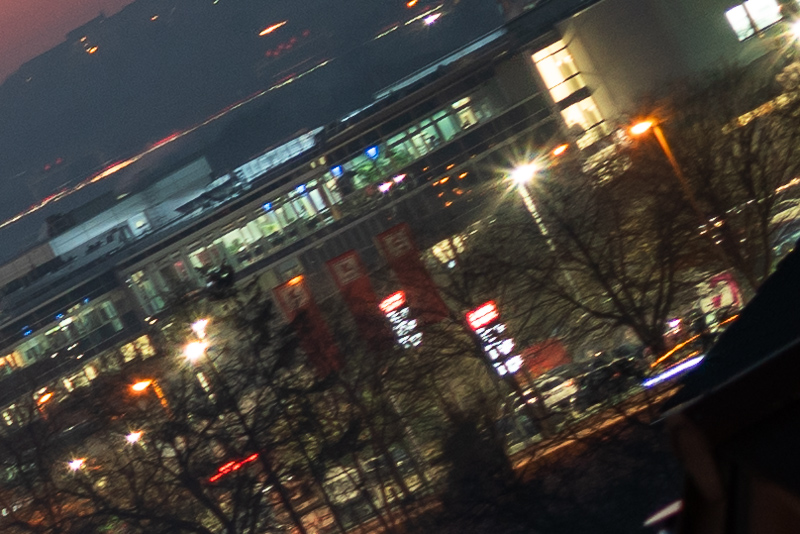
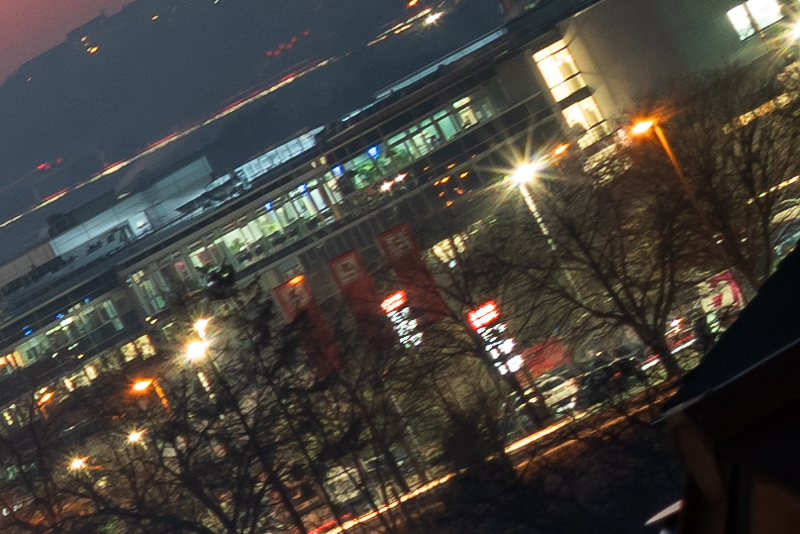
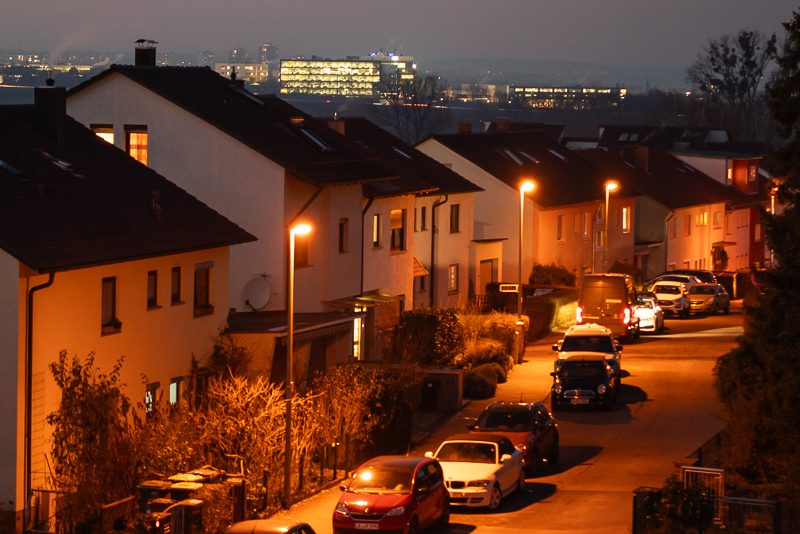
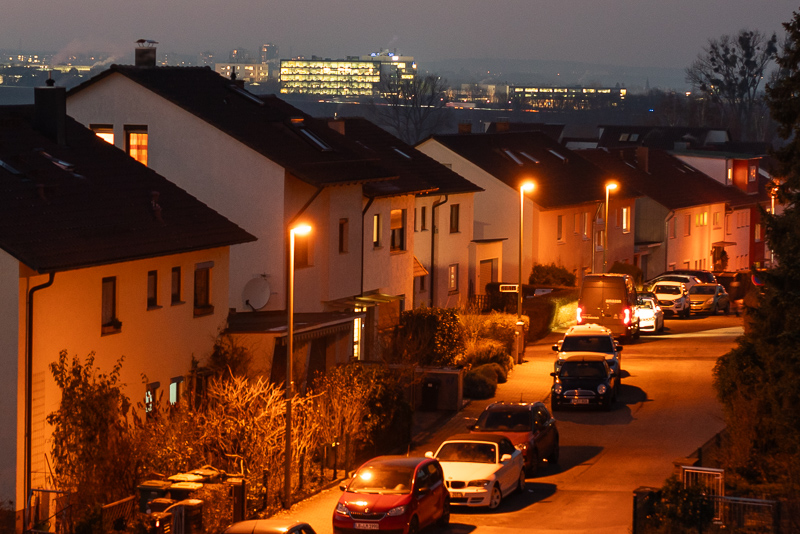
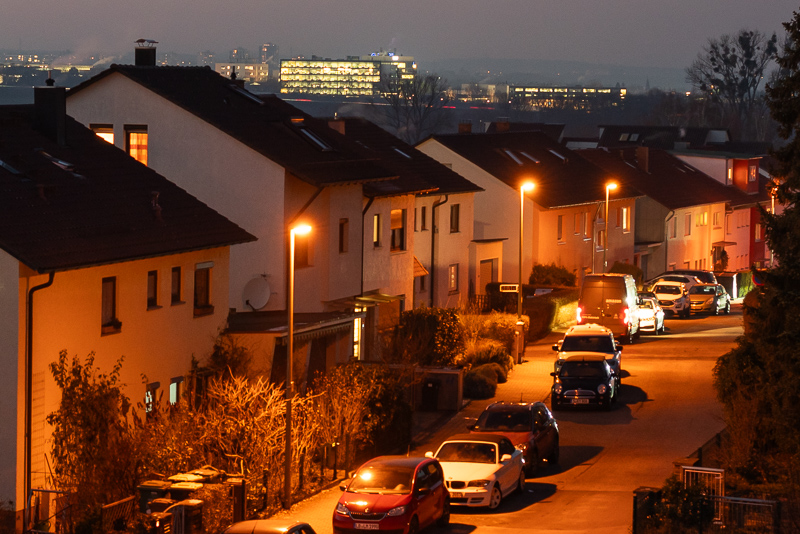
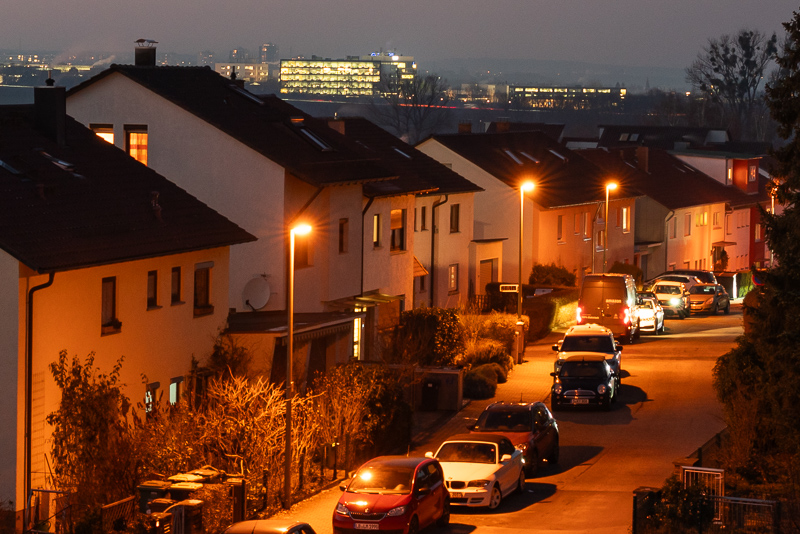
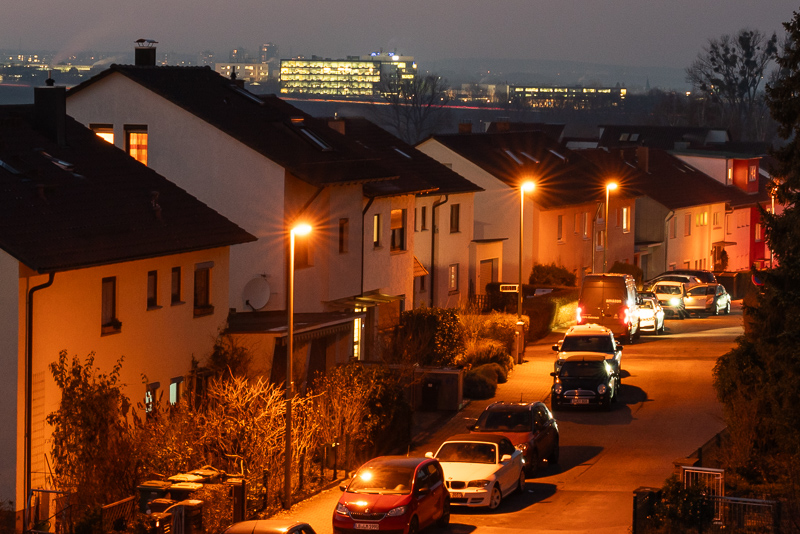
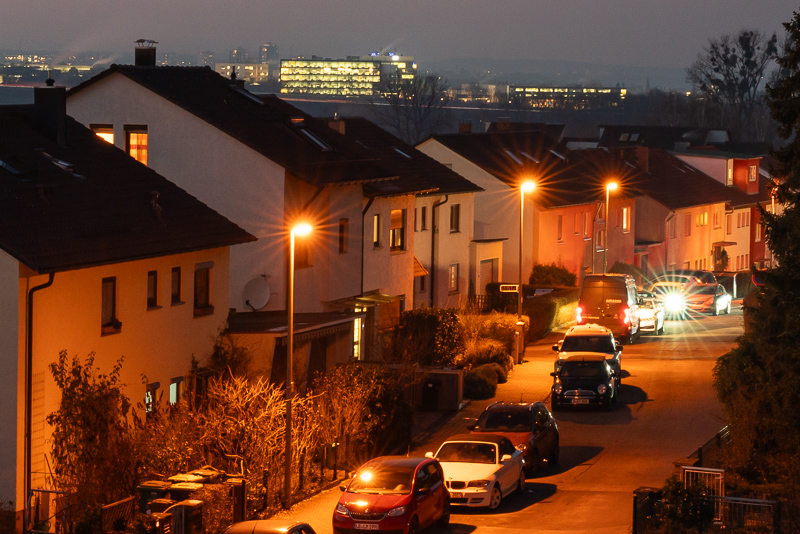
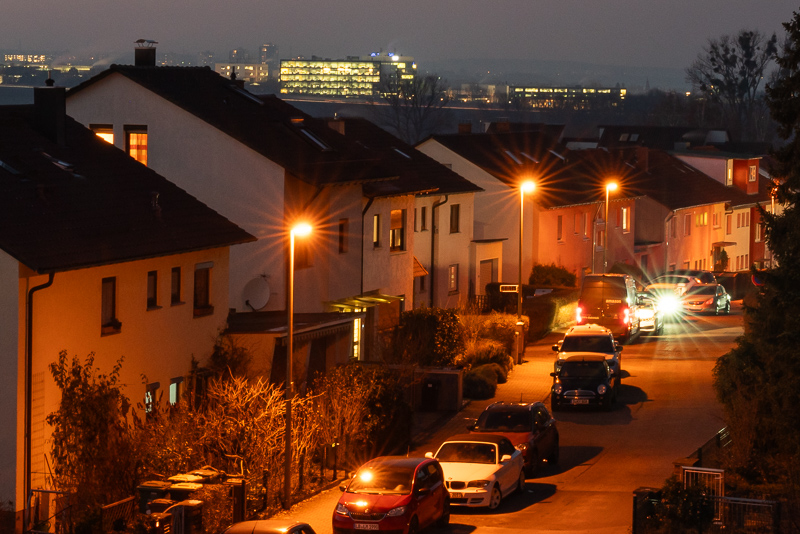
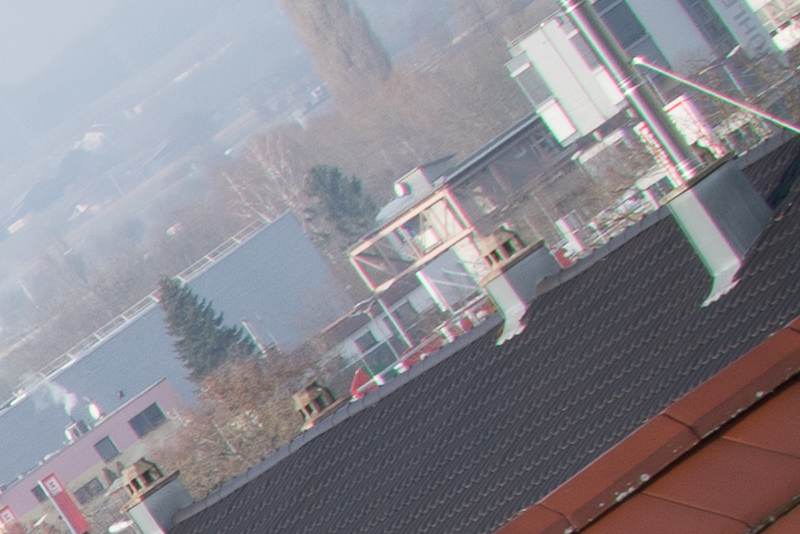
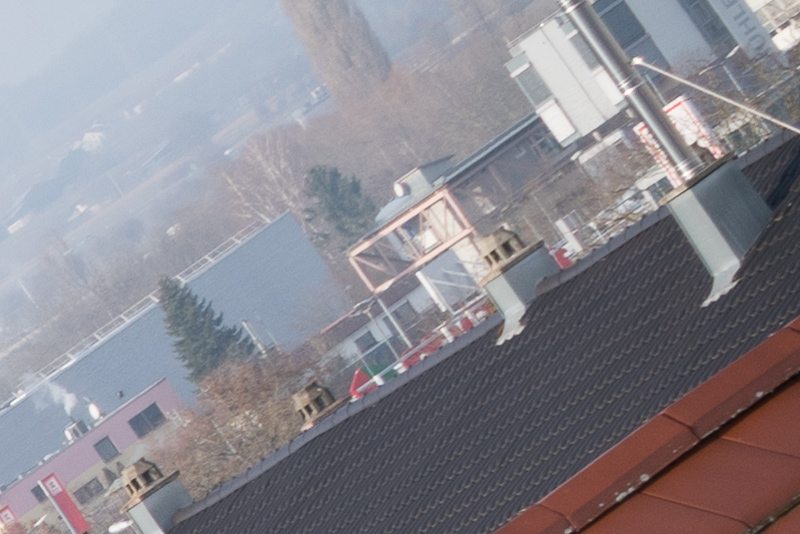
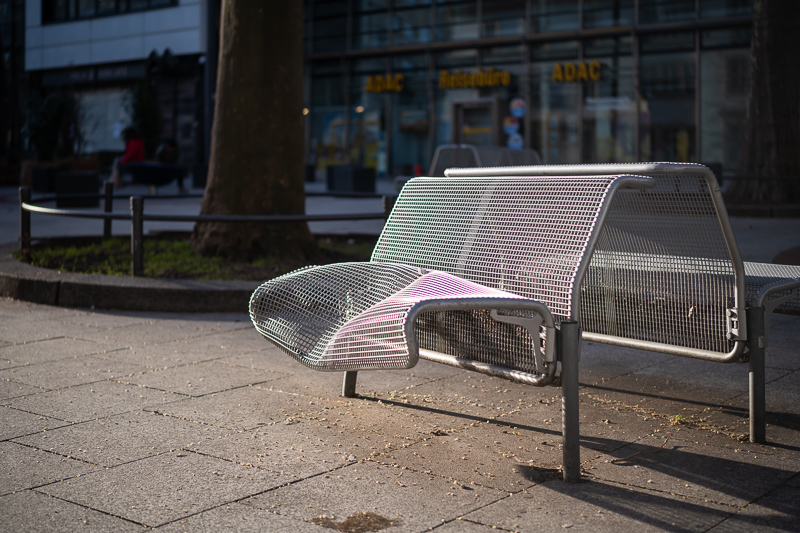
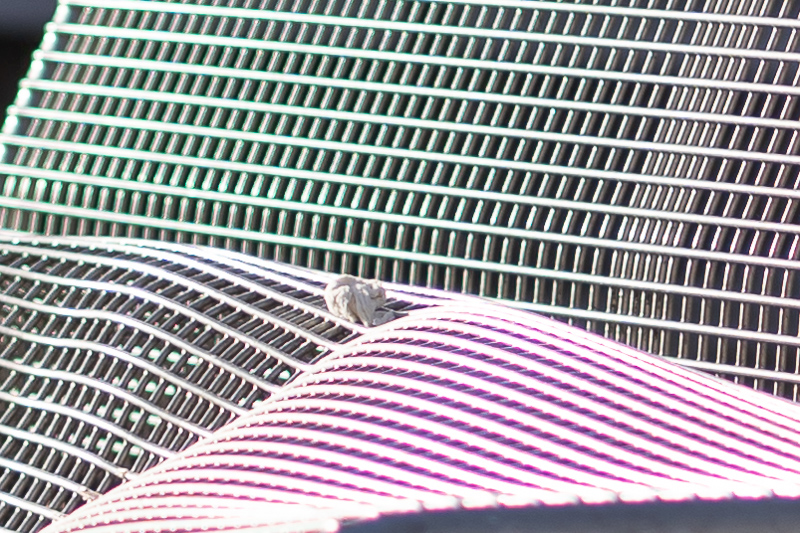
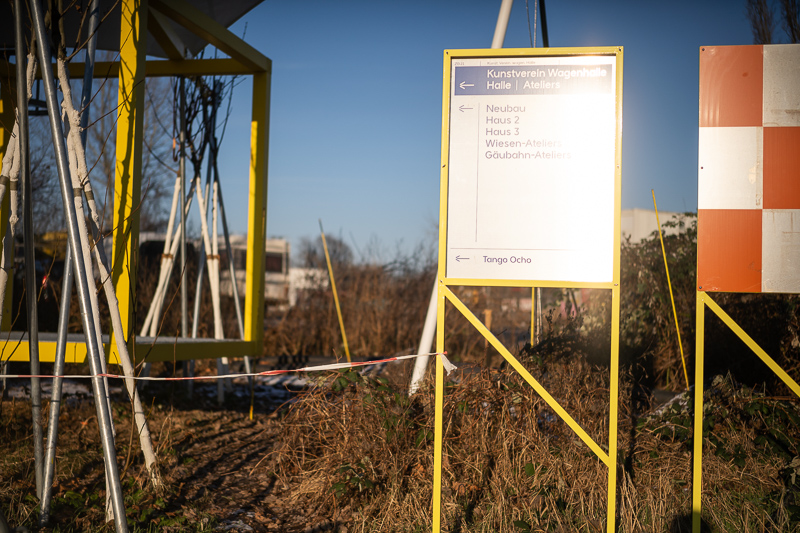
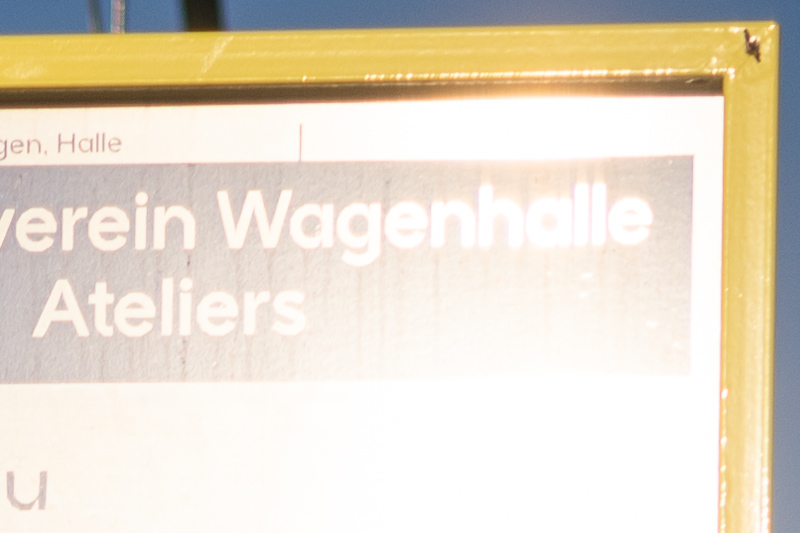
Bonjour and thanks again for the reviews.
I have a question about the firmware of this lens. I’ve read that the AF is much better with V2…?
There was nothing wrong with the AF on V1 for me.
This is a lens that doesn’t make sense to me. At this size, in 2023, we’d expect a faster and better lens. The performance looks fine but as mentioned, it has countless competitors, most of which are either faster or much smaller. So who’s the audience for this in a market which is already very established? I don’t even think there’s much of a case for this versus the baseline option, the standard Sony 50/1.8.
It’s as expensive as the Sony 50/1.8, but optically better and much cheaper than the Sony 55/1.8. It may be big, but it’s an incredible value.
Closest comparable lens is probably the Samyang 45/1.8, but this is still much better optically, cheaper, and with a likely better build quality.
The Sony 50/1.8 does have pretty crappy AF, and this is cheaper than a Samyang 45/1.8 or Sigma 50/2 DN, let alone a ZA 55/1.8. Would be interesting to see how it fares vs the also pretty large Viltrox 50/1.8. The list of AF options isn’t actually that large, what have I missed the macro and some slower options? (45/2.8 DN, 50/2.5 G)
The faster options may not be that much larger but they’ll all be heavier and more expensive… The lightest/cheapest of them in the SY 50/1.4 II is still >2.5x the price, tho remarkably close in weight. If price isn’t a big concern I can see why you’d dismiss it. For others it’ll be the overriding concern…
“Reviewing this lens was a bit of a rollercoaster ride.” 😀
All is said. Very fine lens at a fair price. Abysmal nifty fifty.
Looks like a pretty solid lens, except for the size. I feel like that’s way too big for a 50/1.8. Though, maybe there would be more optical trade offs to a smaller size